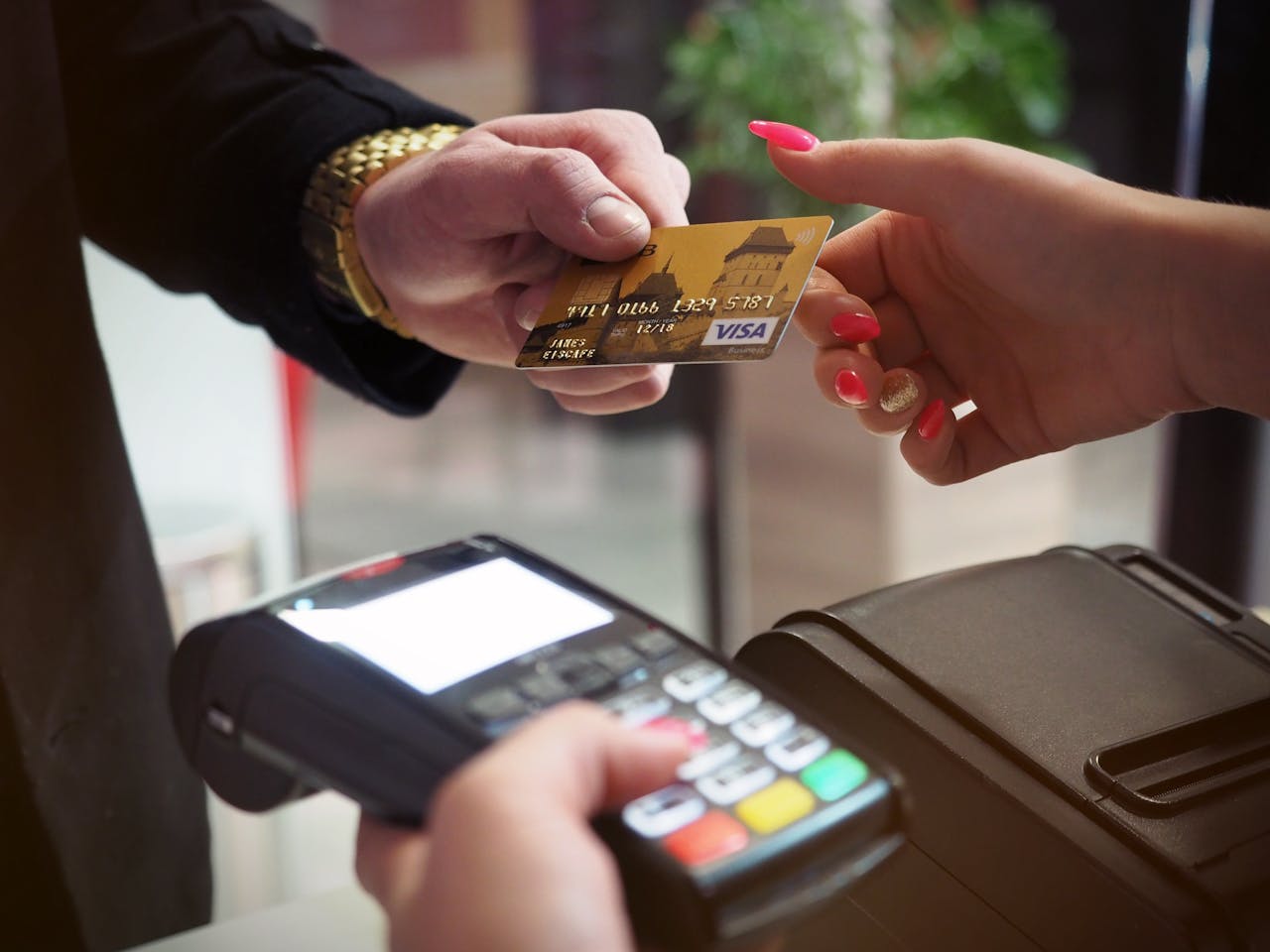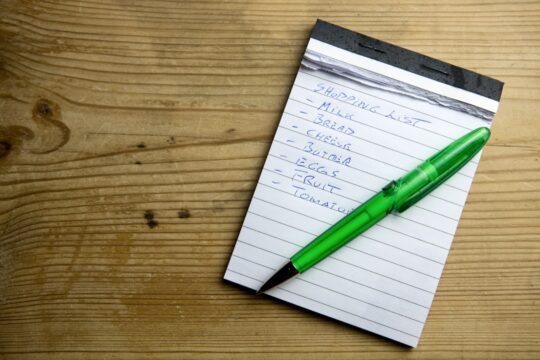
Opening your first bank account is more than just a financial milestone—it’s a big step into adulthood and personal independence. Whether you’re a student managing your first paycheck or someone who’s finally transitioning from cash-based living, having a bank account is a smart move. It offers security, convenience, and access to essential services like direct deposit, online payments, and savings plans.
But while walking into a bank or tapping “Create Account” online is straightforward, what comes after can get confusing if you don’t know the basics of banking. But do not fret!
This article will walk you through everything you need to know right now—without the fluff or jargon.
Table of Contents
- 1 1. How to Write and Cash a Check (Yes, It Still Matters)
- 2 2. Setting Up and Managing Direct Deposit
- 3 3. Understanding Your Debit Card
- 4 4. Banking Online and Through Apps
- 5 5. Watch Out for Hidden Fees
- 6 6. Link Accounts for Easier Money Transfers
- 7 7. How to Safely Use ATMs
- 8 8. Build Good Financial Habits from the Start
1. How to Write and Cash a Check (Yes, It Still Matters)
Even though mobile payments and banking apps are now common, checks haven’t completely disappeared. You might still be asked to write or receive a check from time to time—maybe by a landlord, a school, or a relative. If you’ve never handled one before, it’s easy to feel lost.
To write a check, you’ll need to fill out the date, the name of the person or business being paid, the amount in numbers and words, and then sign it. Mistakes can lead to delays or even the check being rejected. On the other side, if someone gives you a check, you can deposit it at an ATM, at a branch, or often by taking a picture with your bank’s mobile app.
Checks also carry important account information. At the bottom, you’ll see a series of numbers. The first group is usually the routing number, identifying your bank. The bank account number on check is usually at the bottom. Knowing how to find and read this information is useful for setting up direct deposit or automatic payments.
2. Setting Up and Managing Direct Deposit
Direct deposit is one of the most convenient ways to receive money. Employers often prefer it because it’s faster and more secure than printing and handing out paper checks. To set it up, you’ll need to provide your employer with your routing number and account number (mentioned earlier).
Once set up, your paycheck will automatically appear in your account on payday. It’s wise to check your balance after the first deposit to confirm everything went through correctly. If you have multiple accounts, you can sometimes split your deposit—sending part to checking for bills and part to savings for future needs.
3. Understanding Your Debit Card
Your debit card is a key part of everyday banking. It gives you access to the money in your checking account and works for both in-store and online purchases. When you first receive your card, you’ll be asked to create a PIN—a personal identification number. Never share your PIN with anyone, and avoid writing it down in obvious places.
Keep in mind that just because a transaction goes through doesn’t mean you have enough money in your account. Banks often allow overdrafts, which means spending more than you have, but that usually comes with a fee. It’s better to regularly check your balance to avoid surprises.
4. Banking Online and Through Apps
Most banks offer apps and websites where you can manage your accounts without visiting a branch. These tools are incredibly helpful. You can check balances, review transactions, transfer money, deposit checks, and even pay bills from your phone.
Security is important, so use a strong password and consider enabling two-factor authentication if your bank offers it. Avoid logging into your account on public Wi-Fi, and always log out when you’re done. You can also set up alerts that notify you of low balances, deposits, or large withdrawals.
5. Watch Out for Hidden Fees
One of the most common frustrations for new account holders is unexpected fees. Many banks advertise “free” accounts, but the reality often includes small print. Monthly maintenance fees can be charged if you don’t meet certain criteria, like maintaining a minimum balance or setting up direct deposit. Some banks charge for using out-of-network ATMs, and overdraft fees can occur even on small purchases if your account balance is low.
It’s important to review your account agreement or speak with a bank representative to understand when fees apply and how to avoid them. Some banks also offer student accounts or digital-only services that waive many of these charges. If you ever notice a fee on your statement that doesn’t make sense, contact your bank right away. They may be able to reverse it, especially if it’s your first time.
6. Link Accounts for Easier Money Transfers
If you’ve opened both a checking and a savings account, you can usually link them for quick transfers. This is especially useful for budgeting or building a savings habit. For example, you can move a portion of your paycheck into your savings as soon as it arrives.
Linking accounts also helps if you accidentally overdraft your checking account. Some banks will automatically transfer funds from your linked savings to cover the shortfall, avoiding an overdraft fee. Just make sure you’re aware of any transfer limits that might apply to your savings account.
7. How to Safely Use ATMs
ATMs are convenient, but it’s important to use them wisely. When possible, stick to machines located at bank branches or inside well-lit buildings. These are generally more secure and less likely to be tampered with. Always check the card slot and keypad before inserting your card—devices called skimmers can be used to steal your information.
When entering your PIN, use your hand or body to block the view. If the ATM seems suspicious or doesn’t respond normally, cancel the transaction and use a different one. After your transaction, take your receipt and make sure you don’t leave your card behind.
8. Build Good Financial Habits from the Start
Having a bank account gives you the tools to manage your money well—but it still takes discipline. Get in the habit of checking your balance frequently. It only takes a moment and helps you avoid spending money you don’t have. Use your account to set financial goals and track progress, whether it’s saving for an emergency fund or planning for a big purchase.
Consider setting up automatic bill payments to avoid late fees or scheduled transfers to grow your savings steadily. The more consistently you use these tools, the more confident you’ll feel in handling your finances.
Getting your first bank account is a big step, but once you’ve taken that step, there’s a lot more you need to know and do. The more you explore and understand how it works, the more confident you’ll become. Don’t be afraid to ask questions, make mistakes, or take time learning. What matters most is staying involved in your money decisions. Start paying attention now, and you’ll thank yourself later.


